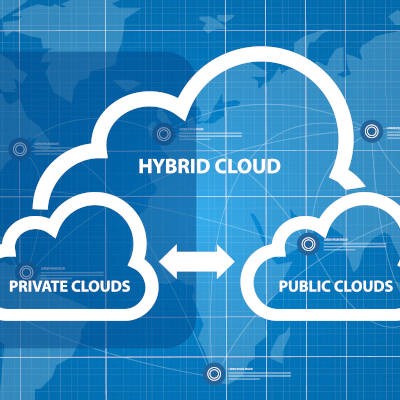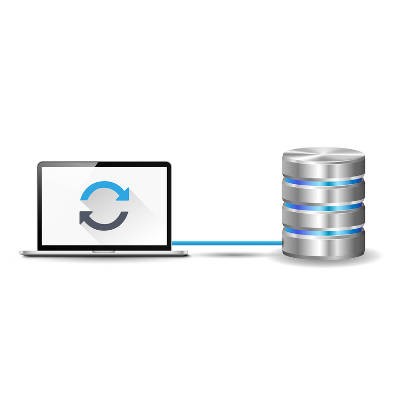When it comes to implementing new technology solutions, it’s easy to get distracted by all of the great possibilities and miss all of the challenges that it represents. The cloud in particular represents countless chances to improve operations and enhance efficiency, but the side of this is that there are many issues that could arise during the cloud migration process. Let’s consider some of these challenges and how we can help you get around them.
Argentum IT LLC Blog
All businesses require software of some sort, but utilizing software comes with its own fair share of frustrations. How do you manage all of the licenses? How do you even afford the often high capital expense that comes with equipping all of your users with the programs they need? Thankfully, the cloud comes to the rescue once again with what’s called Software as a Service.
The cloud is a well-established option for businesses to embrace nowadays. So much so, in fact, that the benefits of migrating their data environment to the cloud have encouraged many to take the plunge (or would that thematically be ascent?) into cloud-delivered services. These transitions don’t come without their issues, of course. Let’s go over a few of the most common challenges that a business encounters when performing a cloud migration.
Whether you are just a fledgling small business just trying to get your feet off the ground or a larger-scale enterprise with a multitude of clients, one thing will always remain the same: in today’s business world, the cloud is king, and it has the potential to change the way that your business operates for the better.
Today’s technology provides businesses with more options than they’ve ever had, including where they want to host their critical infrastructures. This decision will often boil down to between an onsite hardware implementation or utilizing the cloud. Let’s consider the differences that your decision needs to reflect.
As technology has developed, the tools available for businesses to use have gained considerable benefits. One particularly paradigm-shifting advancement, the cloud, has allowed businesses access to better solutions than ever before, and with the bonus of making them easier to manage. Let’s go over a few such solutions that many businesses are now embracing.
For the past decade, cloud computing has grown fairly rapidly, but as a new decade, and a pesky virus has people (and businesses) leaning on hosted computing solutions more now than ever, it seems like a good time to review the types of cloud options that are available, and how they provide value to businesses just like yours.
All types of businesses use cloud resources as a part of their IT infrastructure. It allows them to turn what was once a major capital expenditure into a controllable operating cost; and, it does it while offering solutions to almost any business problem. The one drawback that most IT professionals agree on is how to gain enough control over a cloud platform to ensure that the platform is secure.
Thanks to the increasing capabilities of modern computing networks, businesses have been able to experience enhanced productivity. One such capability, cloud computing, has allowed businesses to reach outside of their physical location to conduct their operations. Here, we’ll review some of cloud computing’s other benefits.
Cloud computing can be used for many things, and nowhere is this more true than in the business environment. Organizations of all shapes and sizes use the cloud to keep operations moving forward. Some have even moved their entire human resources and payroll departments into the cloud. We’ll help you decide if this is the right approach for your organization.
Evernote is a neat note-taking app that many users have found works for them, as it can be used to keep notes organized in a better way than a traditional notebook. With new features that can offer you plenty of functionality, Evernote might just be the note-taking solution you’ve been looking for all these years. This week’s tip is dedicated to one of the best new features of Evernote: templates.
Thanks to the public cloud, which has amassed around $150 billion in annual revenues, the software as a service model has grown tremendously. In fact, it’s grown by approximately 20 percent a year for the past five years. The public cloud currently houses over a third of all applications used worldwide, making it a significant contributor to the success of software as a service (SaaS). Has your organization begun to take advantage of this phenomenon?
Cloud computing is a major player in the way that businesses are approaching their daily operations. This might bring into question whether or not your organization is actually using the cloud in the first place, but one thing is certain--if you haven’t implemented the cloud yet, it’s difficult to not do so, especially considering how great it can be for your company.
You can never know whether or not that app you just downloaded to your smartphone can expose your data or identity to risk. While Google Play and the iTunes store certainly put efforts into ensuring that users can safely browse their app stores, it’s unlikely that they can find every single malicious app out there before it infects someone’s device. Therefore, you need to consider the following measures to ensure that you don’t put your business at risk by downloading unsecure apps.
Technology is a big deal for the modern business. This doesn’t mean just your organization’s workstations and servers either. Today there is a big shift in the way that small-to-large businesses get the computing resources they need to succeed. As cloud-based offerings continue to offer organizations computing options they haven’t had before, one hosted solution stands out for the value it presents: file sharing.




















